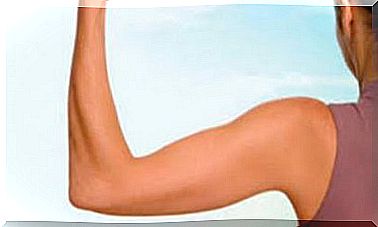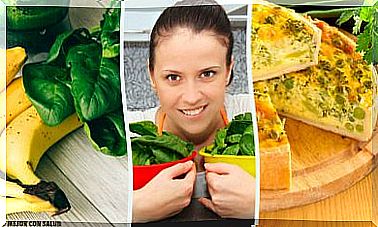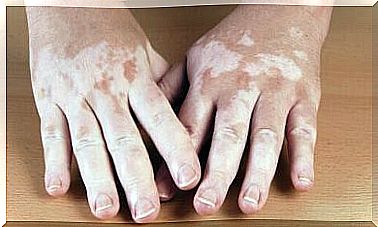Sport And Diabetes: Tips For Diet
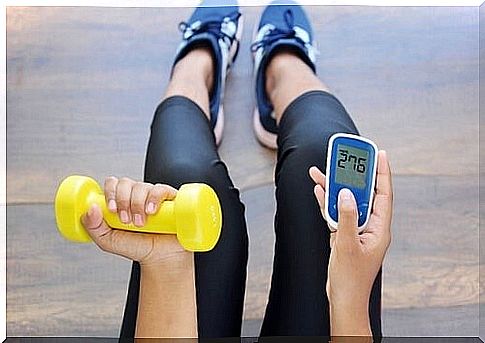
How to combine diabetes and sport and what to eat before and after training? A diabetic person’s eating style is not very different from that of a healthy person. In fact, there is no fixed percentage of carbohydrates, proteins and fats.
The principle is always the same: consume a variety of healthy foods from all groups. We can refer to the ideal dish according to Harvard University:
- Half of the dish should consist of vegetables, both raw and cooked.
- A quarter of the dish must contain animal or vegetable proteins such as meat, white or blue fish, eggs, dairy products and legumes.
- The other quarter must contain whole grains or tubers.
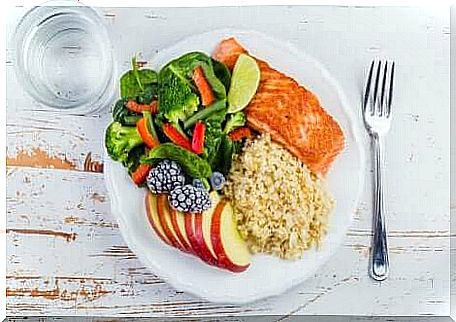
Sports and diabetes: general advice
When practicing any type of sport, it is necessary to take into account a series of factors related to one’s health, the duration and intensity of physical exercise.
- It will be good to check your blood sugar before, during and at the end of the session to avoid risky fluctuations. This is what an article published in the journal Medicine and Sport Science recommends . If you have recently started playing sports, monitoring should be frequent. Taking blood glucose values as a reference point:
- With values below 70 mg / dl : it is better to postpone.
- 70-99 mg / dl : before playing sports it will be good to eat something.
- 100-250 mg / dl: you can exercise without eating.
- More than 250 mg / dl : better not to exercise and to check the ketone bodies.
- When taking insulin or a secretagogue drug, exercise can cause hypoglycemia if the dose of the drug or carbohydrate consumption are not regulated.
- Always carry the “diabetic kit” which consists of foods with a high glycemic index (glucose gel, fruit juice, isotonic drink), the blood glucose meter and an insulin pen.
- Care should be taken to maintain proper hydration, with water as the main drink.
How many carbohydrates can be taken?
Athletes with diabetes need to pay attention to the amount of carbohydrates ingested. In fact, during sports, glucose reserves are reduced.
Much depends on the type of effort: in short or low intensity exercises this usually does not occur. In sports activities that exceed 45/60 minutes or at medium / high intensity, the reserves are exhausted more quickly.
When sports activity lasts beyond 45/60 minutes or is of medium / high intensity, the ideal amount of carbohydrates (identified with the abbreviation CHO) to be taken will be:
- With 3/5 sessions per week lasting 1 hour: 4-5 g CHO / kg of body weight.
- More than 5 sessions per week of 1 hour: 5-6 g CHO / kg of body weight.
- Over 5 sessions per week of 2 hours: 7-8 g CHO / kg of body weight.
- More than 5 sessions per week over 2 hours: 8-10 g CHO / kg of body weight.
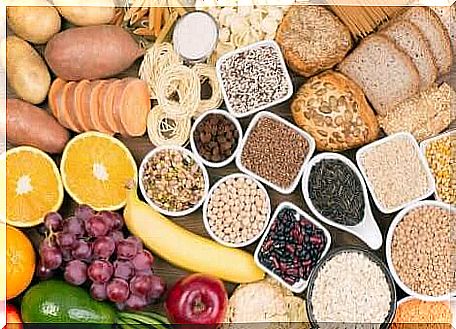
Sports and diabetes: what to eat before training?
The pre-workout snack should include carbohydrate-rich foods along with some protein foods. For example, skim milk with cereals or a turkey ham and cheese sandwich. Easily digestible foods are preferred, avoiding fatty or very high-fiber foods.
The ideal is to eat 2-3 hours before playing sports or 1-2 hours before if the exercise is in the morning. This also applies to those who take insulin.
A sports supplement that increases the oxidation rate of fats, such as caffeine, can also be included.
Can you eat while exercising?
It depends on the type of training and its duration.
- If the activity lasts less than 30 minutes, you shouldn’t consume any foods before training.
- The greater the intensity of the exercise, the greater the amount of fat and glucose that is burned. It may be advisable to consume small amounts of carbohydrates such as fruit juices, energy bars, nuts or gels.
And once the training is finished?
After exercise, it is necessary to ensure the replacement of carbohydrates, especially with low glycemic index foods such as fruit, fresh or dried.
In case of hypoglycemia, it is recommended to follow the 15 × 15 rule. Eat a food that provides 15 g of rapidly absorbed carbohydrates (one and a half sachets of sugar or a glass of fruit juice or an isotonic drink) and wait 15 minutes for glucose levels to be restored.
It is also important to include proteins, as they have been shown to maximize glycogen restoration along with carbohydrates. These are general recommendations: if you are sports and diabetic, ask your diabetologist to customize your diet and training program.
